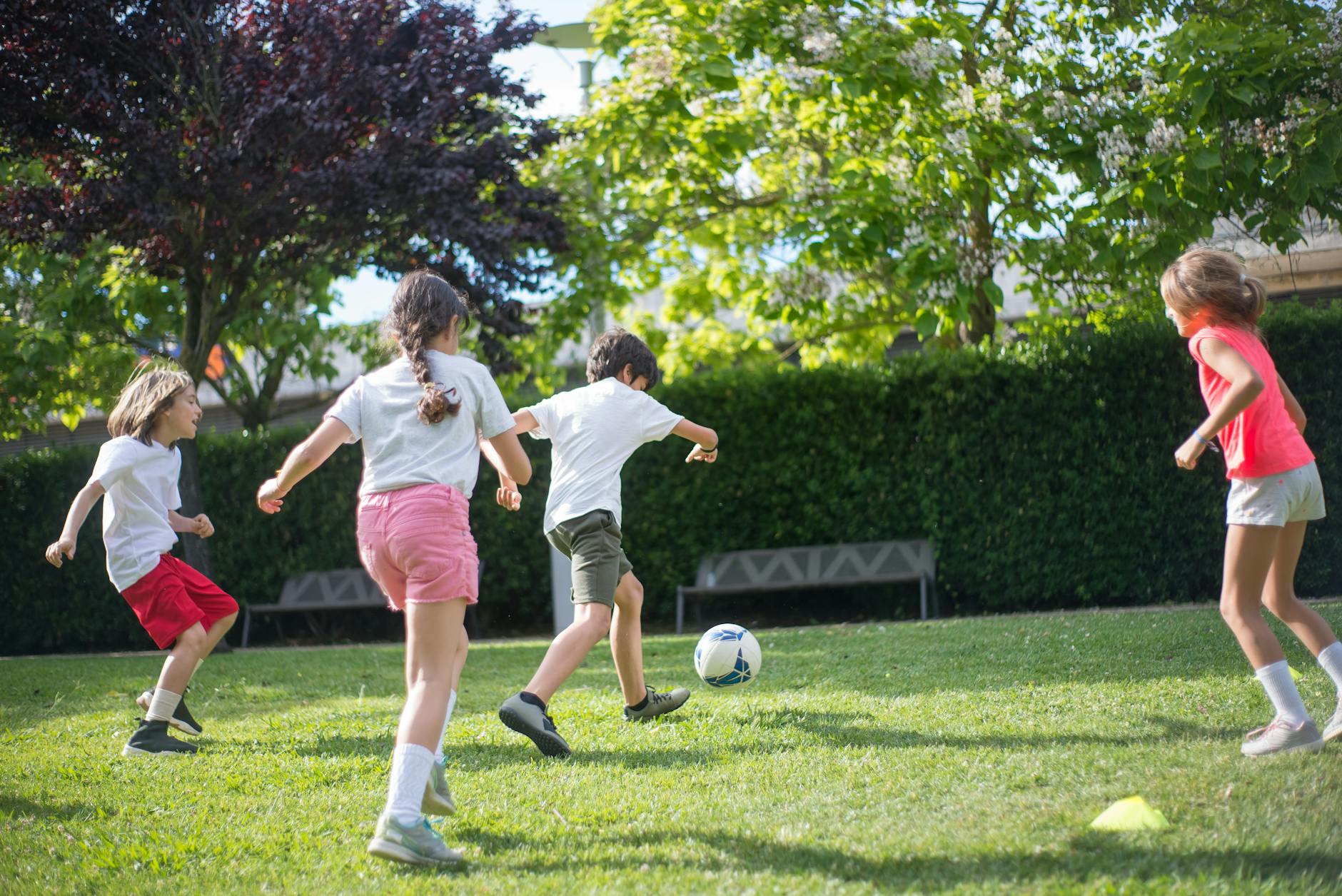At Milchel, charity work is a regular part of the school year. It’s not just an activity—we treat it as a learning experience.
Being compassionate is one of our 7 Core Values: Magnanimous, Integrity, Loving-kindness, Compassionate, Holistic Living, Effort, and Leadership. We make sure Milchelians learn what compassion truly means by getting involved in real acts of charity.
We start by asking questions. First, we show the children the reality of those in need. This could be through videos, news articles, or stories. Then we ask, “Why should you help?” or “What does this have to do with you?” These questions make them think deeply. They begin to reflect and often say, “Yes, why shouldn’t I help?” Children have a natural sense of empathy. We just guide it in the right direction.

We also teach that helping is not always about giving money. Yes, money helps—but time and presence matter just as much. Many of our Milchelians have joined non-monetary projects. They’ve organised games for underprivileged kids, visited the elderly, and packed groceries for low-income families. These acts require effort and heart. Through them, students learn that their hands and time can change lives.
Charity work also teaches gratitude. As Milchelians help others, they start to see their own blessings. They become more thankful for their families, education, and daily comforts. They grow in awareness and begin to value what they have even more.

In summary, Milchel believes in building character through action. We expose children to the realities of others, ask the right questions, and let them experience the joy of helping. A compassionate child grows up to be a caring adult. That adult, in turn, teaches compassion to their own children. Imagine the impact if every generation carried this forward. At Milchel, we’re doing our part—one compassionate child at a time.






